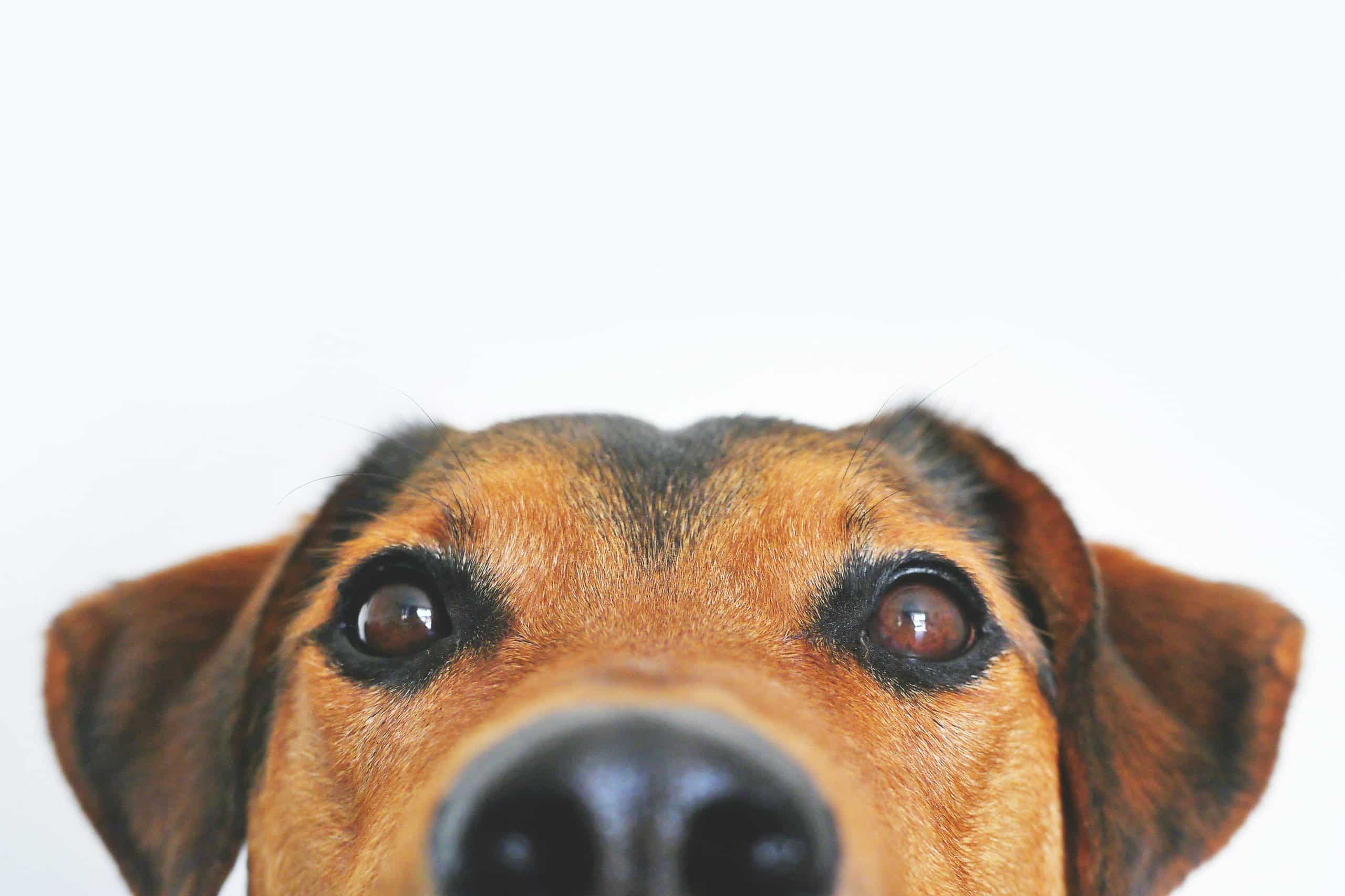What’s the Ideal Recovery Plan for a Dog After Cruciate Ligament Surgery?

Owning a pet entails being responsible for its wellbeing. This responsibility includes taking care of your dog when it falls ill or incurs an injury. One common issue that dogs face is a torn cruciate ligament in their knee joint. This condition often requires surgical intervention, such as a Tibial Plateau Leveling Osteotomy (TPLO) or an Anterior Cruciate Ligament (ACL) surgery. Post-operation, your pet will need a well-structured recovery plan to regain full function of the knee joint. This comprehensive guide will help you understand the ideal recovery plan for your dog after cruciate ligament surgery.
Understanding the Cruciate Ligament Surgery
Before you dive into the recovery plan, it’s crucial to understand what the surgery entails. A cruciate ligament injury in a dog is similar to an ACL tear in a human. This ligament stabilizes the knee joint, and any damage to it can cause pain, swelling, and limping.
This might interest you : How to Safely Remove a Bee Sting from Your Dog’s Paw?
The two common surgeries for this are the TPLO and ACL. The TPLO surgery changes the dynamics of the knee joint to prevent the need for the cruciate ligament, while the ACL surgery replaces the damaged ligament with a graft. Your vet will recommend the right surgery for your dog depending upon its age, size, weight, and the severity of the injury.
The First Few Weeks After Surgery
The first few weeks after surgery are crucial for your dog’s recovery. Your vet will provide you with specific instructions for care, but there are general guidelines you should follow.
Topic to read : What Are the Best Practices for Raising a Puppy for Service or Therapy Work?
Your dog will likely be on pain medication, so make sure they take them as directed. Monitor for any signs of pain or discomfort, such as whining, restlessness, or lack of appetite, and report them to your vet immediately.
Restrict your dog’s activity during this time. They should not run, jump, or play, as this could damage the surgical site. Instead, take them on short, controlled leash walks several times a day. This provides gentle exercise that aids in healing without straining the knee joint.
It is also essential to keep the surgical site clean and dry to prevent infection. Check it daily for any signs of redness, swelling, or discharge. If you notice anything unusual, contact your vet.
Ongoing Care and Rehabilitation
After the initial few weeks, your dog will slowly start to regain strength in their knee. This is when you can begin a more structured rehabilitation plan.
Physical therapy, including range of motion exercises and hydrotherapy, can greatly aid in recovery. These exercises help strengthen the knee joint and improve flexibility. Always consult with your vet or a certified canine rehabilitation therapist before starting any new exercises.
Maintaining a healthy weight is also crucial during this time. Excess weight can put pressure on the knee joint and slow down recovery. Feed your dog a balanced diet and monitor their weight regularly.
Signs of a Successful Recovery
As with any surgery, there are signs to watch for that indicate your dog is recovering well. These include:
- A gradual increase in activity level, such as being able to walk longer distances or go up stairs
- The surgical site looks healthy, with no signs of infection
- Your dog is able to bear weight on the affected leg without showing signs of pain
- Your dog returns to their normal behavior, such as eating and sleeping regularly
When to Consult a Vet
While most dogs recover well from cruciate ligament surgery, complications can arise. If you notice any of the following signs, consult your vet immediately:
- Persistent limping or inability to bear weight on the affected leg
- Signs of infection at the surgical site, such as redness, swelling, or discharge
- Changes in behavior, such as lethargy, loss of appetite, or depression
- Pain, indicated by behaviors like whining, restlessness, or reluctance to move
Remember, your vet is your best resource for ensuring a successful recovery. Don’t hesitate to reach out with any questions or concerns.
In conclusion, properly caring for your dog after cruciate ligament surgery is essential for a successful recovery. By understanding the surgery, following your vet’s instructions, and monitoring your dog’s progress, you can help your pet regain full function of their knee joint and return to their happy, active self.
Nurturing Mental Wellbeing Post-Surgery
After the TPLO or ACL surgery, it’s not just your dog’s physical health you need to fret about, but mental health too. The confinement and restricted mobility can lead to stress and anxiety in your furry friend. To keep their spirits up, you will need to ensure they get mental stimulation.
Invest in some mentally stimulating toys that your dog can play with while at rest. Puzzle toys or chew toys can be of great help here. Play interactive games with them that won’t involve much physical activity but can keep them mentally engaged. Remember, you’re aiming for a healthy mix of rest and mental stimulation to keep their spirits high.
Giving them a quiet, comfortable space is crucial as well. A cosy bed in a peaceful part of your house can aid in their recovery. Make sure they have easy access to food and water, and don’t forget the regular cuddles and comfort pets. These small gestures can make a significant difference to your dog’s post-operative recovery.
A change in your dog’s behavior post-surgery could be a sign of stress or discomfort. Monitor them closely for changes in sleeping or eating habits, increased aggression or fear, or excessive barking or whining. If your dog shows signs of anxiety or depression, don’t hesitate to contact your vet. Mental wellbeing is an essential part of the recovery process.
Importance of Follow-up Vet Appointments
Post-surgery, maintaining a regular follow-up schedule with your vet is paramount. These visits allow your vet to monitor the healing process, manage pain, and adjust the recovery plan if needed.
During these visits, your vet may conduct physical examinations, take x-rays, or perform other tests to assess the progress of the TPLO recovery or the healing after ACL surgery. They might also make changes to the medication or diet as required.
Your vet will also gauge your pet’s range of motion, weight-bearing capacity, and overall strength on these visits. Apart from these, they are likely to provide instructions for new exercises or physiotherapy, if necessary.
Make sure to discuss any concerns or observations you have about your dog’s behavior or recovery during these visits. Remember, no concern is too small when it comes to your pet’s health, and your vet will appreciate your vigilance.
Conclusion
Recovering from a cruciate ligament surgery, be it TPLO or ACL, is a long journey that requires patience, care, and consistency. Your responsibility as a pet parent is to ensure your dog gets the necessary physical rest while not neglecting their mental stimulation. Keep a close eye on their behavior and physical progress, and maintain regular communication with your vet. Remember, the goal is not just to help your dog recover, but also to ensure they return to their cheerful, active self, bounding with life. With the right care and attention, your pet can make a full and successful recovery.
